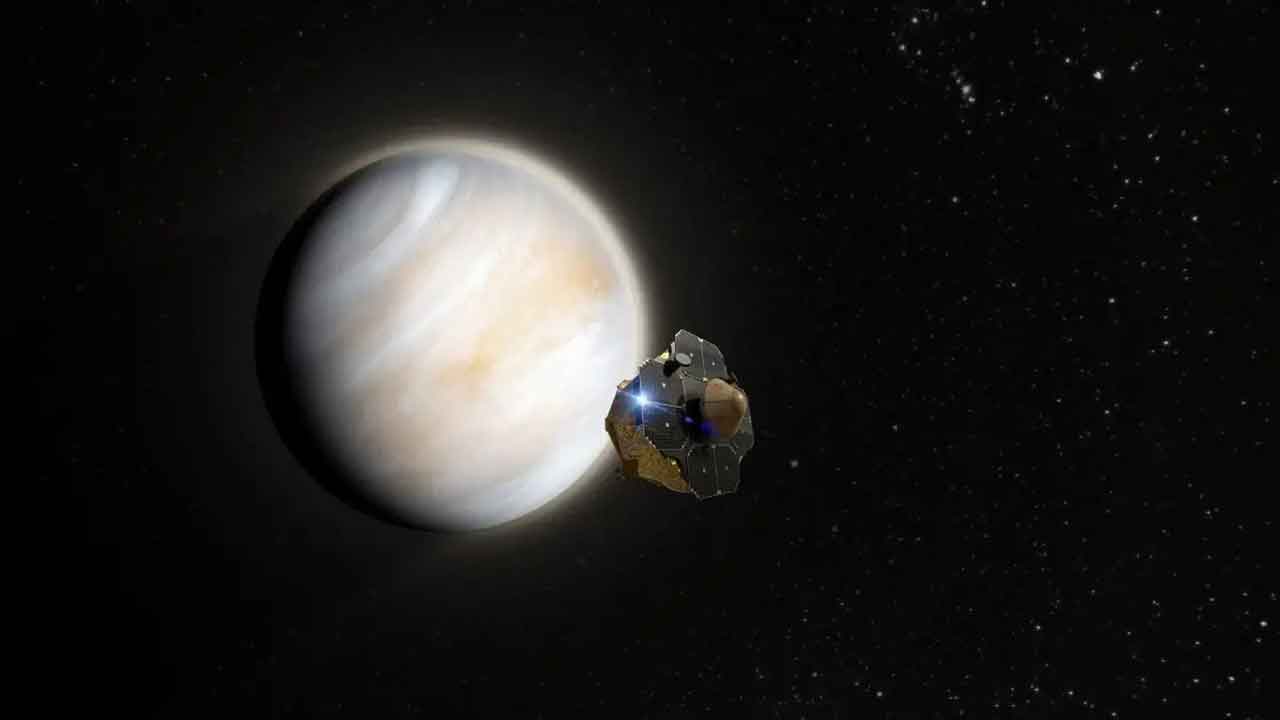Return to Venus: private space venture to explore the evening star for life

Is there life on Venus? Research says it once had oceans and would have supported temperatures of about 20-50 degrees Celsius (68-122 degrees Fahrenheit). Towards the end of this decade, NASA and the European Space Agency (ESA) will send probes to find out.
If, however, you can’t wait that long, then you’ll want to be getting across a recent announcement of a collaboration between Massachusetts Institute of Technology (MIT) scientists and Rocket Lab which will launch a small probe to Venus in May next year.
It’s only a small rocket and probe, but it marks a big shift in the way humanity is interacting with space. The first 50 years of spaceflight typically involved governments and their agencies, which resulted in proportionally big steps for humankind, think: the first satellites, humans in space, walking on the moon, orbiting habitats like Skylab, the ISS, spacewalks and interstellar exploration.
The last decade or so has seen a rapid increase in commercial interest in the sector.
Spurred by reports in 2020 of the potential detection of phosphine gas in the clouds of Venus (which is a gas typically produced by living organisms), Sara Seager, an astrophysicist and planetary scientist at MIT and her team realised Rocket Lab’s Electron Launch vehicle and Photon spacecraft could be the perfect mission to get to Venus much sooner than the end of the decade.
The Electron rocket is only 18 metres tall, but it’s powerful enough to push the Photon spacecraft and small probe into orbit 165 km above Earth. From there the Photon upper stage will take over and head to Venus. On arrival, the spacecraft will deploy a small 40cm probe which weighs around 20 kg.
The probe will fall through the upper atmosphere of Venus, collecting information on suspended particles in the clouds for around five and a half minutes, transmitting data back to Earth for 20 minutes, before succumbing to Venus’s inhospitable environment. It won’t be able to detect phosphine directly, but the instrument, known as an autofluorescing nephlometer will use an ultraviolet laser, causing any organic compounds within to fluoresce.
A detection would not be a proof of microbial life as organic molecules can be related to many non-biological processes. But, says Seager in a recent interview for MIT Technology Review, if they were found it would be a step “toward us considering Venus as a potentially habitable environment”.
The trip to Venus should take around 5 months, meaning a private company could be exploring the atmosphere of our sister planet for the very first time by October 2023.
This article was originally published on Cosmos Magazine and was written by Clare Kenyon. Clare Kenyon is a science journalist for Cosmos. An ex-high school teacher, she is currently wrangling the death throes of her PhD in astrophysics, has a Masters in astronomy and another in education. Clare also has diplomas in music and criminology and a graduate certificate of leadership and learning.
Image: Rocket Lab
